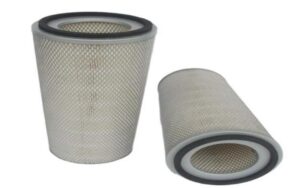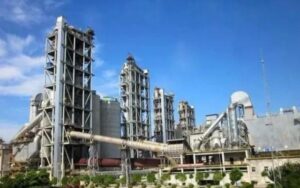With the continuous development of the automobile industry, people’s requirements for automobile comfort, reliability, and environmental protection are also increasing, and automobile air conditioners have accordingly made technological innovations and changes.
As a TOP automotive cabin air filter manufacturer, I have been paying attention to changes in the automotive industry. This article mainly reviews and analyzes the current status of automotive air conditioning filters and HVAC systems. It also explains their current technology and development trends. Finally, it proposes existing problems in recent research, technology, and future development directions.
What is automotive air conditioning HVAC?
Automobile air conditioning HVAC is the abbreviation of automobile heating, ventilation, and air conditioning.
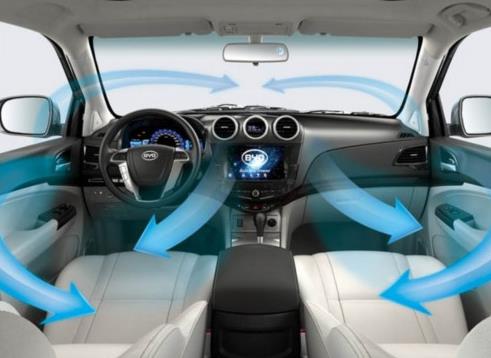
Automotive air conditioning HVAC is essential to the automotive air conditioning system. Its power consumption and noise are indicators for evaluating the economy and comfort of the entire vehicle. The optimization of its performance ensures the comfort of the vehicle occupants and the quality of the inhaled air.
What is the composition and structure of automotive air conditioner HVAC?
The automotive air conditioner HVAC assembly is also called the air conditioner assembly. It refers to the unit installed under the dashboard with heating, ventilation, and air conditioning functions. It includes the blower assembly (including filter), evaporator core, heater core, and mixing main components such as damper and mode damper.
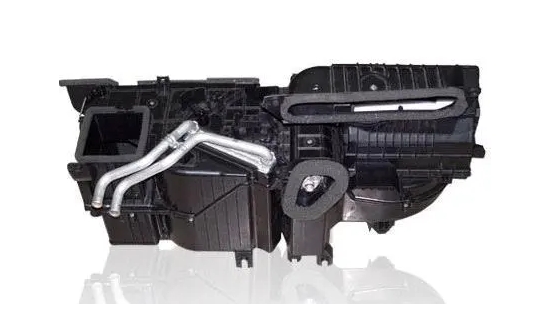
The structure consists of five parts: air inlet section, evaporator section, middle section, warm air core section, and air outlet section. It has three modes: surface blowing, foot blowing, defrosting, and defogging.
The HVAC structure is different in different car models, and there is a certain degree of autonomy in design.
What is a cabin air filter?
The cabin air filter is installed in the car air conditioner and filters pollutants outside the car to ensure healthy air intake inside the vehicle.
It can be said that it is the core component that ensures the air quality in the car, especially when the air conditioner is turned on.
Research on air purification of automotive HVAC systems
Currently, the research focused on the air purification of automobile air conditioners is mainly on air conditioning filters called cabin air filters.
Many factors affect the filtration efficiency and resistance of the cabin air filter. From the internal factors, you can study its material, filling rate, geometry, etc., and the external factors can explore different environmental factors, such as temperature, humidity, or the flow field of the flow channel where the filter is located etc.
Some researches
Some scholars have studied the filtration performance of electrostatic filter materials used in automobile air conditioners in different hot and humid environments.
By setting up an experimental bench, the filter element was treated in a constant temperature and humidity chamber for different times, changing its temperature and humidity, which in turn affected the charge condition and filtration performance on its surface, and concluded that the filtration efficiency and filtration resistance changed with the experimental variables.
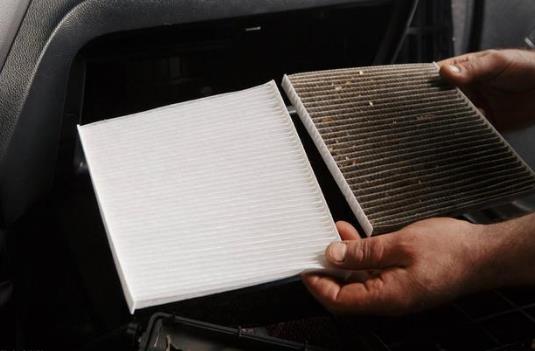
Some universities have studied the filtration performance of melt-blown composite nonwovens. They analyzed the filtration mechanism of nonwoven materials and changed the melt-blown process parameters to affect the physical structure of the filter material.
Through experimental testing of its performance, it was concluded that the filtration performance of the two composite nonwoven materials (short fiber hot-rolled and melt-blown) is better than that of the two materials used alone, and the composite material has a higher Stretch and wear resistance, increased service life.
Automotive air conditioning HVAC development trends and technologies
HVAC overall structure
The automotive air conditioner HVAC contains three major parts (blower, evaporator, and heater).
The overall structure of the three significant parts is divided into three-box, two-box, and one-box structures.
At present, air-conditioning is developing from the former to the latter. Due to the shortcomings of taking up a large space and increasing vehicle weight, the three-box structure is rarely used nowadays when energy saving and economy are emphasized.

The interface of a box structure no longer has the same restrictions as multiple boxes, so installing the heat exchanger core is more flexible and accessible. At the same time, the overall parts are reduced, the air duct length is shortened, and the cost is reduced. However, it also makes replacing and repairing the heat exchanger core more difficult. In addition, the process design of the cross-section is also more difficult.
Evaporators and heating devices
Evaporators
The evaporator is a vital part of HVAC to achieve the refrigeration function. The liquid refrigerant that is decompressed by the expansion valve evaporates in the evaporator and absorbs the heat on the surface of the evaporator to cool the surrounding air.
Evaporators are structurally divided into tube-sheet, tube-belt, laminated, and parallel flow types. The latter two have high refrigeration efficiency, and the parallel flow type uses fewer materials and is light in weight, so the laminated type and parallel flow type are widely used.
With the development of evaporators towards lightweight and high efficiency, evaporators with micro-channel structures (such as parallel flow type) have good prospects for use. Regarding evaporator volume optimization, the microchannel structure can reduce the space by 35% compared with the traditional structure.
In addition, looking for new refrigerants with high refrigeration coefficients and no damage to the atmospheric ozone layer also needs to be studied in modern automobile air conditioners.
Heating devices
Heating devices are divided into air heating and water heating according to the working process.
The most widely used method at present is water heating, which introduces part of the cooling water from the engine into a heat exchanger (heater core, also called warm air core) so that the cold air blown by the fan can be heated up to enter the car.
However, as engines become more efficient and waste heat is reduced, this heating method also faces problems and challenges. To solve the problem of insufficient heating sources in winter, some supplementary heating technologies have emerged: using independent fuel heaters to burn fuel, which can improve Engine antifreeze temperature to improve the heating effect.
Some electric vehicles and other new energy vehicles use heat pump air-conditioning systems, which can achieve efficient and lightweight effects that traditional heating methods cannot reach, thereby increasing the driving range of electric cars.
Cabin air filter development trends and technologies
In the HVAC system, the cabin air filter is the primary function of filtering and purifying the air outside the car.
The current development trend of automobile cabin air filters is composite filtration, which combines traditional fiber particulate filters with activated carbon filters.
In addition, many electrostatic adsorption filters have a noticeable effect in filtering fine particles and are being widely used.
Taking BYD’s green purification technology as an example, the electrostatic generator located in the ventilation system charges the particles in the air, thereby changing the direction of movement. After hitting the filter material, they are intercepted and undergo triple filtration (ionization plate, electrostatic cotton, HAF filter element ) to achieve the goal of reducing PM2.5 in the car.
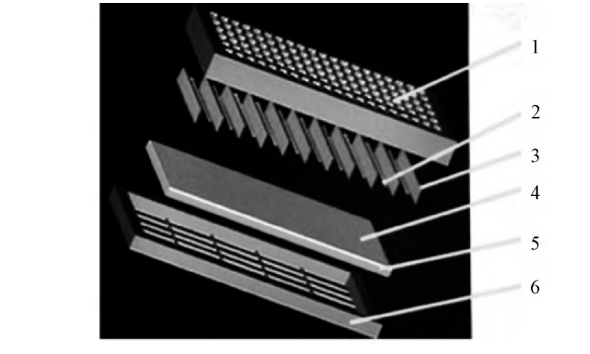
Double-layer air supply
Traditional ventilation systems generally have the disadvantage of significant ventilation heat loss in winter. The reason is that to avoid fogging windshields in winter, car air conditioners use external circulation to introduce fresh air from the outside into the car, and the humid air in the vehicle is discharged outside the car. Hence, the heat loss is more significant.
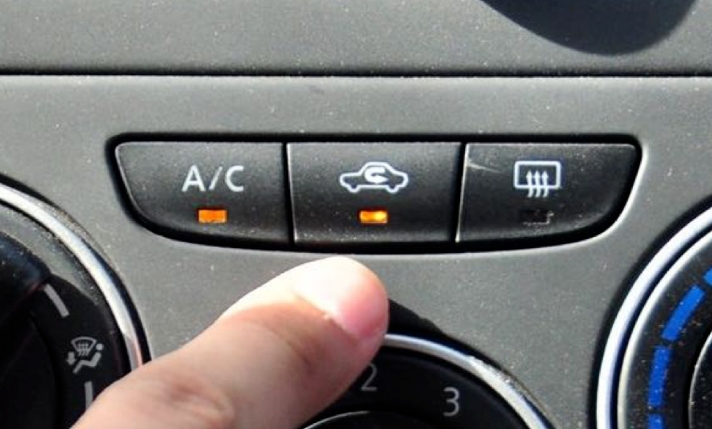
As a result, a new type of double-layer air supply system came into being. The return air system is divided into upper and lower layers. The upper layer blows fresh air into the car windows for defogging and exports it. The lower layer blows to the feet and uses internal circulation. Flows in the lower layer of the car can significantly reduce heat loss and fuel consumption.
Conclusion
Regarding research on air purification, especially particulate matter purification, only some studies currently focus on the gas-phase flow field or gas-solid two-phase flow field in the automotive HVAC system.
Through analysis, the internal structure is optimized to make the flow field near the filter more uniform to improve filtration efficiency or to make particulate matter stay inside the HVAC flow channel as much as possible so that the air can flow smoothly into the vehicle cabin.
In general, automotive air conditioners and HVACs are developing towards being lightweight, compact, efficient, energy-saving, and environmentally friendly. At the same time, they must adapt to the higher needs of passengers in modern society for automotive comfort, safety, and economy.


